Prequels
Top 10 Best Video Game Prequels of All Time!
Prequels are sequels that take place prior to the events of the original work, and they are generally intended to provide the audience with a better understanding of any storyline elements that were enigmatic or ambiguous. While the word “prequel” didn’t come into popular use until the early 1970s, the concept itself has been used in literature for thousands of years. Given that the video game industry is driven by sequels, it shouldn’t be surprising that prequels are becoming increasingly prevalent as well. This list aims to look at the most effective and interesting prequels in video game history.
Examples: The Good, the Bad and the Ugly, Better Call Saul, Muppet Babies
10
Metroid Prime
2002
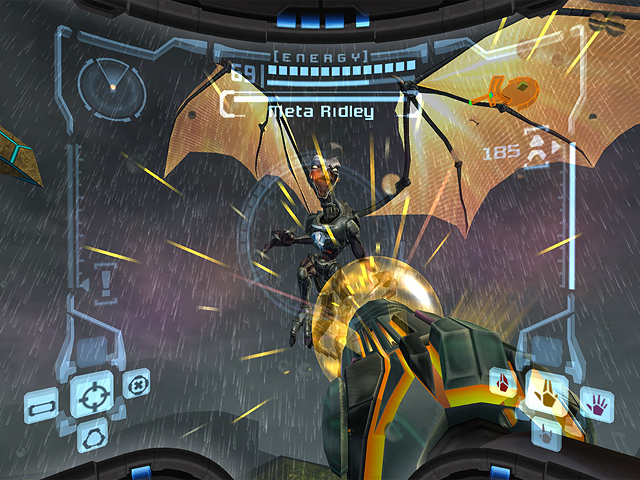
Metroid Prime took a legendary gaming franchise in a radical new direction by abandoning conventional side-scrolling action in order to usher in an ambitious first-person perspective. In addition to the new gameplay mechanics, Metroid Prime differentiated itself from its predecessors by putting more emphasis on storyline. While the series was attempting to take a few steps forward with respect to its overall design, the producers saw fit to take a couple steps back with respect to the timeline. The events in Metroid Prime take place between the original Metroid and Metroid II. Metroid Prime gives the players the opportunity to fill in the blanks between the first games and take a closer look at the mythology of the Metroid universe. By playing Metroid Prime, players will get a better understanding of the notorious Space Pirates, the eponymous Metroids, and the origins of Samus Aran herself. If nothing else, the game did a much better job of filling in gaps than Metroid: Other M did.
9
Ninja Gaiden
2004
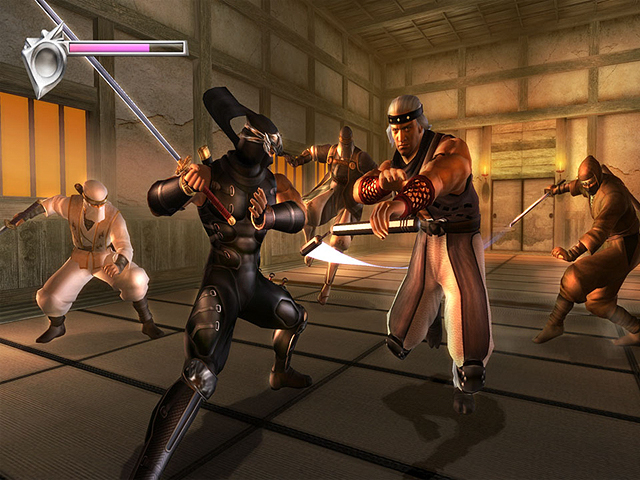
The 2004 version of Ninja Gaiden was not originally intended to be a prequel, and only became one due to popular demand. When Tecmo decided to revive the Ninja Gaiden franchise on the Xbox, they had no intention of linking the game with the classic Ninja Gaiden trilogy that was released on the NES over a decade earlier. However, the developers of the game were urged to retain a connection with the original series due to the strong following the franchise still had in the West. The new Ninja Gaiden featured familiar moves and weapons that played homage to the NES trilogy, but it was still unclear whether or not the game fit within the continuity of the original series. Tecmo cleared things up with the 2008 release of Ninja Gaiden 2, explaining that the events of the new series took place prior to the events of the NES trilogy. It might not have been their initial plan, but it was probably the best solution for everybody since it gave Tecmo the freedom to recreate the franchise without having to erase its history.
8
Devil May Cry 3: Dante’s Awakening
2005
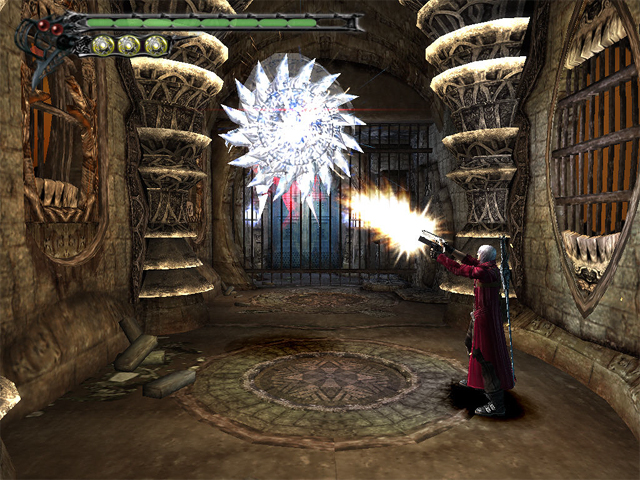
Devil May Cry 2 was a highly disappointing game that nearly drove a promising franchise into the ground. Its sequel got things back on track by going back in time. Not only were the game’s environments, battle system, and difficulty more in line with the original, but Devil May Cry 3 also took the time to explore the origins of the game’s characters. For instance, the events of Devil May Cry 3 explain how the main antagonist from the original game came into being. The game even shows how the phrase “devil may cry” was initially coined! Because Devil May Cry 3 is set years before the original, the developers were even able to make the main protagonist appear younger and cockier without having to completely change his personality. (The “alternate reality” approach they took with the 2013 Devil May Cry reboot was much less successful in this regard.) Devil May Cry 3 made the entire franchise more interesting and helped rectify the missteps made by its immediate predecessor.
7
Street Fighter Alpha
1995
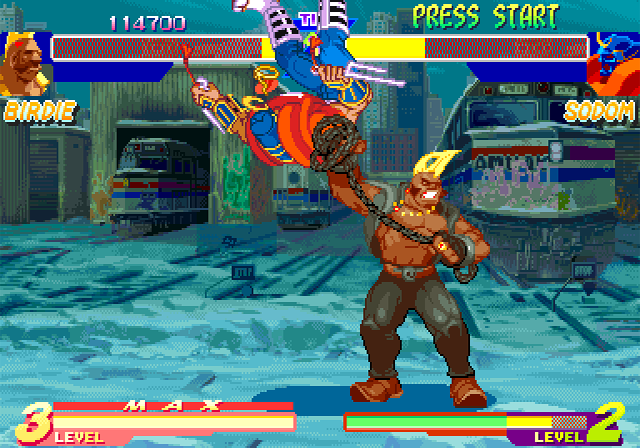
Street Fighter II is widely considered to be the best sequel of all time, and it essentially made the original Street Fighter completely irrelevant. Simply put, the sequel improved upon the original in every way imaginable. Even though the gameplay in the original Street Fighter felt completely obsolete by comparison, the game featured several interesting characters that were not used in the sequel. In fact, only three of the original fighters were were featured in the sequel. Street Fighter Alpha (which is set between the first two Street Fighter games) helped bridge the gap between the games by re-introducing more characters from the original game. Street Fighter Alpha also featured characters from the Final Fight series and helped merge the continuity of the two franchises together. Street Fighter Alpha gave gamers the chance to explore the origins of the series without having to subject themselves to the mediocrity of the first Street Fighter game.
6
Castlevania III: Dracula’s Curse
1990
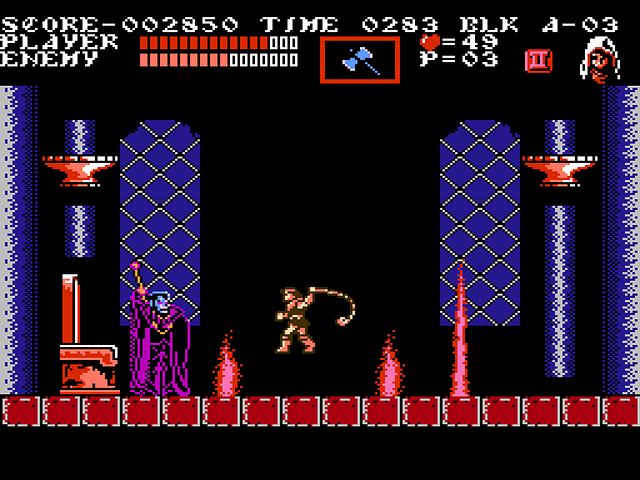
The timeline of the Castlevania series spans from the 11th century all the way to the 21st century. Because of this erratic continuity, the series has produced several games which could technically be considered prequels. I’m specifically acknowledging Castlevania III here because it was the first prequel in the series. Castlevania III further explores the legend of the Belmont clan, and it’s particularly noteworthy for being the first game in the series to highlight Alucard’s battles against his father. Neither the setting nor the characters in Castlevania III seemed radically different from previous entries in the series, but the game still gave the franchise permission to jump from one era to another. The game was set 100 years before the events of the first Castlevania game, so it made it clear that Dracula was an evil that could potentially manifest itself at any time. We have been introduced to many generations of vampire hunters since the release of Castlevania III.
5
Dragon Quest III
1988
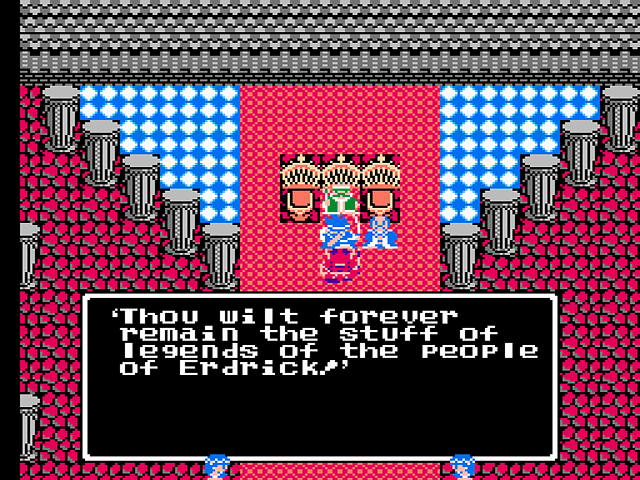
Dragon Quest III was easily one of the most highly-anticipated sequels of all time and one of the very first video game prequels. It was also one of the most surprising prequels. The game was never explicitly marketed as a prequel, after all, and the storyline didn’t seem to be directly linked to previous games in the series. Dragon Quest III simply followed the same traditions the series was known for and followed a typical hero on his adventures to save the world from evil. It isn’t until near the end of the game that the player learns that the main protagonist in the game is actually the legendary hero that was referenced in the first two Dragon Quest games. As it turns out, the main character in the original Dragon Quest is actually a descendent of the main character from Dragon Quest III. This surprising revelation helped tie seemingly unrelated stories together and made the series seem even more epic.
4
Metal Gear Solid 3: Snake Eater
2004
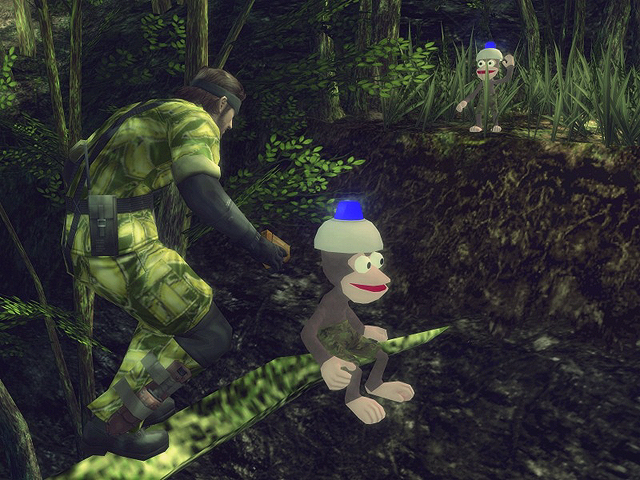
In Metal Gear Solid, gamers learned about how Solid Snake and his twin brother were genetically engineered clones of the legendary “Big Boss” – who was reputed to be the greatest warrior of the twentieth century. The events of Metal Gear Solid 3 take place several decades prior to Metal Gear Solid and give us a glimpse of Big Boss in his prime. Metal Gear Solid 3 was the second game in the series that didn’t feature Solid Snake in the leading role, but the fact that Big Boss was basically identical to him quelled any potential outrage. The game’s Cold War-era setting sharply contrasts the modern urban environments that the series is known for. Moreover, the high-tech surroundings that were present in earlier games were replaced by wilderness in Metal Gear Solid 3. In spite of these differences, clear parallels can be drawn between Solid Snake and his genetic father with respect to their abilities and personalities. Solid Snake is one of the most iconic video game characters of all time, and Metal Gear Solid 3 takes a fascinating look into his origins.
3
Shadow of the Colossus
2005
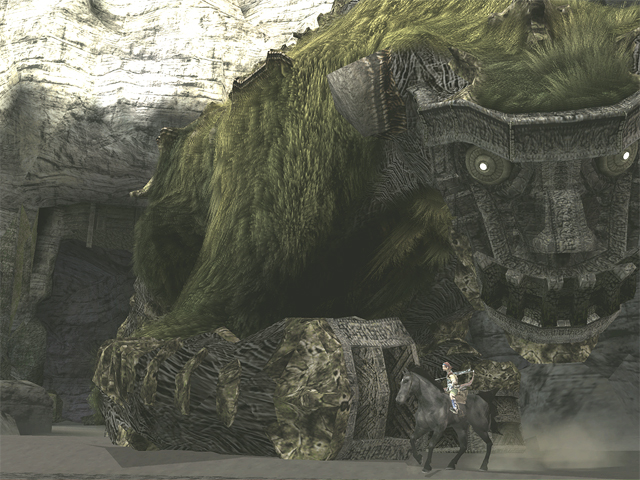
During its development phases, Shadow of the Colossus was known as Nico (or, “Next ICO”) and was assumed to be a proper sequel. The game was eventually marketed as a spiritual successor to ICO, but a shocking revelation made during the game’s ending suggest that the game actually takes place prior to ICO. Without going into specifics, it was obvious that the two games took place in the same universe. Even disregarding the storyline connections, there were still many similarities between the games. ICO and Shadow of the Colossus both featured open-ended gameplay that encouraged players to think for themselves without the need for constant direction. The games shared a similar visual style too, and both made deliberate use of desaturated colors in order to establish an atmosphere of solitude. The limited use of music helped to accentuate these themes in both titles. The games are very different from one another and challenge the player with completely unique objectives, but they work as excellent companion pieces to one another. In 2011, the two games were given HD makeovers and released together as a compilation.
2
Super Mario World 2: Yoshi’s Island
1995
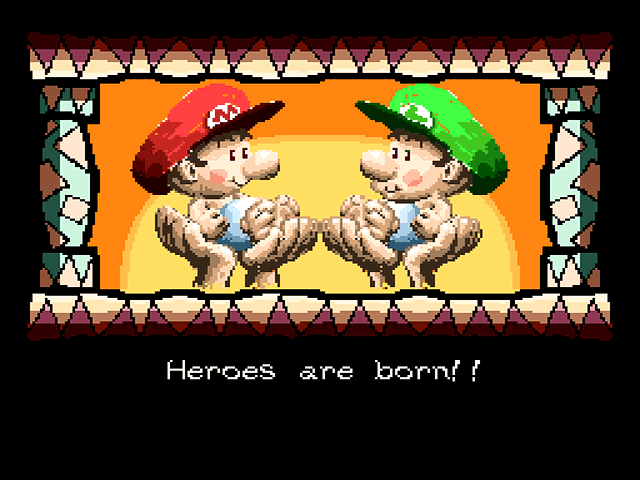
The Mario series doesn’t take itself too seriously and has never put too much of an emphasis on plot, but Yoshi’s Island was a rare attempt by Nintendo to create real continuity in the series. Prior to the release of the game, the origin of the Mario Bros. was unclear. Yoshi’s Island took things back to the past by introducing gamers to Mario and Luigi while they were still in diapers. The game showed how Mario and his brother had been feuding with Bowser since they were infants, and it also showed us how the relationship between Mario and the Yoshis began. Baby Mario and Baby Luigi have made several appearances in subsequent Mario games and have also been joined by Baby Peach, Baby Daisy, Baby Wario, and Baby Donkey Kong. Inexplicably, the infants often appear alongside their older counterparts. The introduction of the baby characters made the continuity of the Mario series even harder to follow, but Yoshi’s Island should be commended for proving once and for all that Mario and his brother weren’t merely a pair of plumbers from Brooklyn.
1
The Legend of Zelda: Ocarina of Time
1998
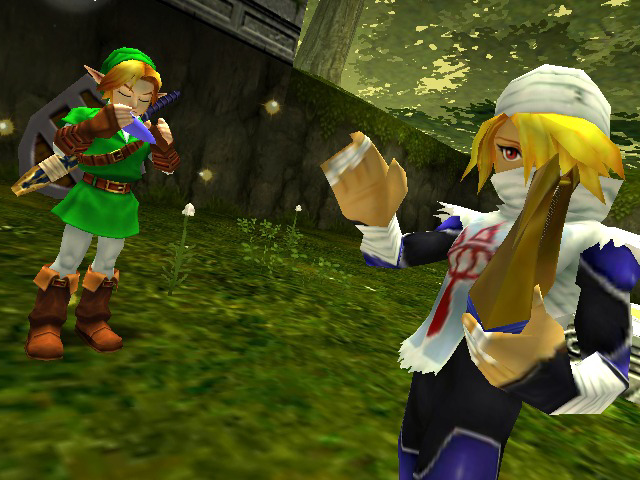
The Zelda timeline has a tendency to jump around a lot, so there are quite a few prequels in the series. Ocarina of Time was particularly noteworthy because the events of the game were directly referenced in earlier Zelda titles. In fact, the story that unfolds during Ocarina of Time had already been summarized during the opening of A Link to the Past. It was interesting to see the origins of the Dark World, and the story of Ganondorf becoming Ganon was downright epic. In addition to the central plot, the game had several understated references to other Zelda games. For example, longtime fans of the series will probably notice that several of the characters in Ocarina of Time share names with villages from Zelda II. The continuity of the series is not always clear, but references to previous Zelda games is part of the reason why Ocarina of Time was so special in the first place.

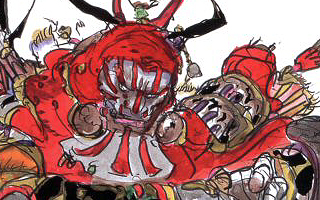
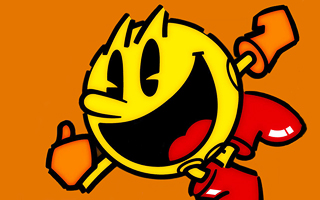
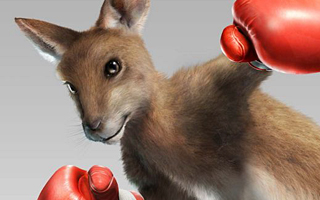
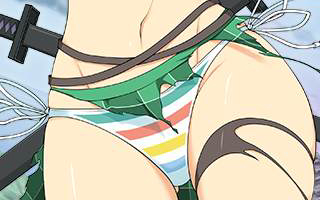
Do you agree with this list? Let us know what you think by leaving a comment below. Your opinion matters!